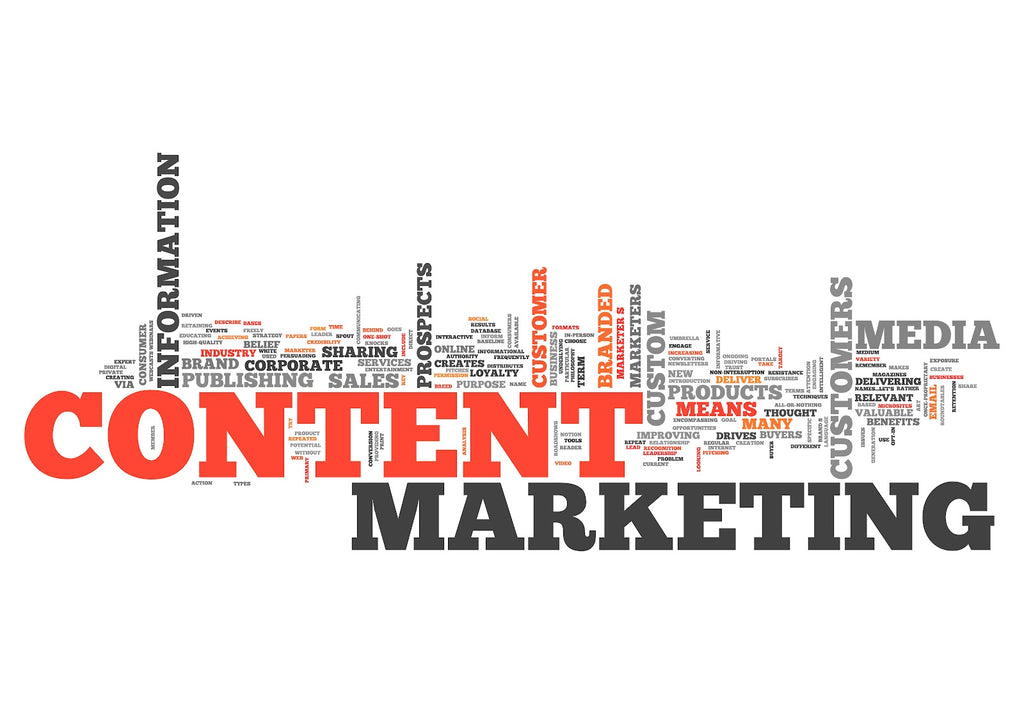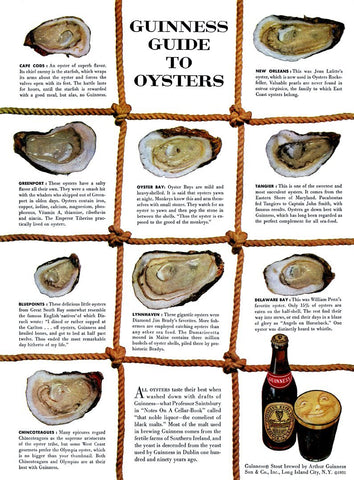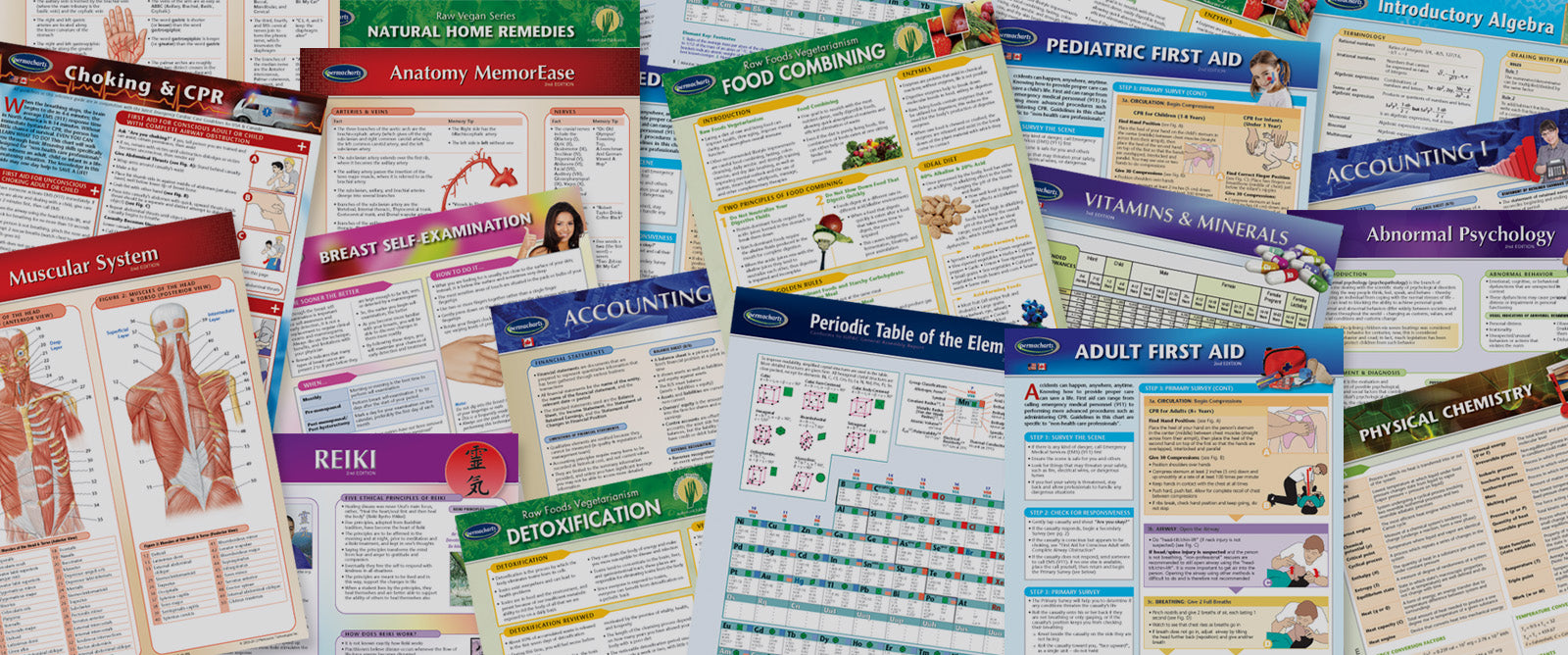News and Information — advertising
How to drive new customers to your business in droves using incredible sales aids and promotional products 0
Want to drive new customers and increase your brand presence at the same time? Custom imprinted Permacharts can do just that.
Have a look at this short video and them head on over to this page
Permacharts Sales Aids from Permacharts on Vimeo.
- Peter McGregor
- Tags: advertising content marketing custom imprinting education-based marketing promotional products sales aids
The Advertorial 0
The quick reference content created by Permacharts is the perfect 3rd party, unbiased information that any business needs in order to create an effective advertorial for their marketing. See this story that outlines the high conversion rates any business can achieve with great content.
69 Year Old Marketing Secret Has Been Making Millions for Those "In The Know"
“It has been found that the less an advertisement looks like an advertisement and the more it looks like an editorial, the more readers stop, look, and read.” –David Ogilvy
Also have a read of my other blog post detailing this technique further.
Speak to us today about how you can use Permacharts quick reference content to increase your conversion rates.

- Peter McGregor
- Tags: advertising advertorials content marketing
4 Hot Marketing Trends to Make your Product or Service Rise Above all Others. 0
Every Business Needs More Customers.
It doesn't matter if you are a school looking to increase enrolments or a company that wants to remain front and center with your prospects. Every business is looking for that "edge" to stay ahead of the competition and win new customers
Using 1 or more of these 4 hot marketing trends will make your product or service rise above all others.
1. Mobile is going to become the center of marketing.
From cell phones to smartphones, tablets to wearable gadgets, the evolution of mobile devices is one of the prime factors influencing the marketing world. As the focus is shifting to smaller screens, brands will be able to strike up a more personalized relationship with their customers by leveraging the power of mobile.
2. The need for good content will not slow down. Ever. Content, particularly visual content, will rule the roost in the on-line marketing world, evolving into various forms and disrupting the conventional marketing models. Moreover, the speed at which a brand can create amazing content will play a part in their success.
Pro Tip: ensure your website is truly mobile responsive and all your forms have an increased button pixel sizes for easy touch on mobile devices.
Next Step: Discuss with Permacharts about adding our quick reference guide content within your site, making it more informative, educational and share-able on social media.
3. Image-centric content will remain king. As consumers are hit with an increasing number of advertisements, it’s becoming more important to make content easily and quickly digestible. If you look at the social media sites they place an emphasis on images.
An example is infographics, which combine images with a minimal amount of text to explain a topic and provide statistical information or data from research studies are forms of content audiences are looking for.

Incredible Offer - Act Now and Receive 20 customized Permacharts for just $39!!
Businesses that private-label our quick reference guides:
- Turn more leads into sales
- Build their brand & customer loyalty for less
- Sell their value proposition more effectively
- Introduce and launch new products & services better
- Train their employees faster & reduce costs
Space is limited. Take advantage of this offer now!
4. Less Will be More - One notable trend is the apparent shift in consumer preference regarding simplistic marketing messages instead of in-depth messages. When you think about some of the top brands in the world like Apple and Google, they clearly value simplicity. A large part of Pinterest’s appeal is its clean, uncluttered, and minimalist aesthetic.
With many consumers feeling burned out by a constant barrage of information and advertisements that scream “look at me”, some of the most innovative marketers are going the opposite direction. They're now making efforts to tone down their campaign messages and not overwhelm consumers with hype.
Pro Tip: The best way to engage with any potential customer to turn them into buyers is to build a relationship on trust and knowledge.
Don't feed your prospects boring salesy brochure-like information. Get to the point, with simple, understandable information.
Provide prospects with 3rd party impartial information that is useful to them BUT also points them to your business as the obvious solution to solve their need.
Next Step: Call us today and find out how our charts can turn prospecting into real revenue for your business.
More and More Businesses are Turning to Permacharts to Fill the Void
We have helped 1000's of companies and organizations over the past 35 years increase sales and revenue.

Regardless of your business goals, Permacharts has an effective solution to get you there. Schedule a call with us today by emailing info@permacharts.com or by calling 1-800-387-3626. We can help increase your bottom line at little to no cost.
Fusing Native Advertising with Content Marketing – Part II 0

Despite all the hype, native advertising remains a fuzzy concept for most marketers.
According to our 2014 status report:
- 49 percent of respondents don’t know what native advertising is
- 24 percent are hardly familiar with it
- Another 24 percent are somewhat familiar
- Only 3 percent are very knowledgeable
So, given the lack of awareness (and people mistaking it for other things, like sponsorship), we thought it would be a good idea to walk you through a classic example of native advertising — and why it works.
David Ogilvy’s “Guinness Guide to Oysters” is the quintessential advertorial — like the “Guinness Guide to Cheese” above. When people talk about advertorials they usually mention this ad.

It's a brilliant piece of native advertising. Visually appealing and information rich, this sponsored content walks you through numerous variations of oysters, where they hail from, and interesting facts about each. The New Orleans, we learn, was the preferred oyster of Jean Lafitte, and is the key to Oysters Rockefeller. The sweet and succulent Tangier oyster captivated Captain John Smith when introduced by Pocahontas, and the rest is history.
Next, you're hit with the ultimate pairing sensation, as you imagine washing down these delicacies with a cold beer. Not just any beer, of course - a Guinness Extra Stout.
Even if you don't care for oysters, this sounds amazing right now.
Before you head to the latest buzzy media site to experience this case study in native advertising excellence for yourself, hold up. The Guinness Guide to Oysters was a magazine ad created by David Ogilvy … in 1950.
Ah, the advertorial: a paid message where the advertisement blends naturally within the user experience of its environment. What's old is the next big thing online, and more powerful than ever - when done well. This is not to say that online native ads are nothing more than a digital advertorial. As Ryan Skinner of Forrester Research points out, a native advertisement delivered by an online media platform provides benefits that have potential that Ogilvy could only dream of.
It's that power, and the ways it differs from other forms of advertising, that guarantees plenty of people will waste valuable time and money with native advertising.
Here are a few keys to doing native advertising right in the context of 21st century media and marketing:
Action
The Internet is a direct response medium, and a native ad is a direct response advertisement. What this means is that your message must be geared toward getting the prospect to take some form of action right then and there. This makes sense when you factor in that a native ad is useful content more than a pitch. The thing you're "selling" must be contextually congruent with that approach, and it's rarely the best move to shill your product or service … at least not yet.
The best thing to sell with the kind of content that makes an advertisement "native" is more information. Provide independent value in your native advertisement that inherently creates a desire to discover even more.
Audience
When you realize that a media approach works better than traditional marketing, you understand that you want to build your own audience, not just pay to access someone else's. This makes native ads work perfectly for you, since you're not pitching products or services, you're promising more valuable information that results in audience building.
This is not some touchy-feely concept. Case studies show that getting people to opt-in for an educational content approach results in higher conversion rates compared with going for the sale immediately. This makes sense - many viable prospects will hesitate from purchasing immediately, so keeping them engaged over time naturally leads to more sales.
The impulse might be to go for the kill, using a harpoon approach for immediate sales conversion. Instead of hurling an all-or-nothing sales message as forcefully as you can, why not snare prospects in a net of useful, relevant content that feeds your business continually?
Accelerate Your Content Marketing
There's a third A that epitomizes how native ads work within an overall strategy. Native advertising is the perfect accelerator for a content marketing strategy. In other words, you create owned media that is accelerated by paid media, with the primary goal of building your own audience in the process, but at a much faster rate.
You'll convert sales from your native ads while the campaign runs, but also into the future. Even better, you're engaging an audience that you can present with other relevant offers and even new products and services - without running just another ad.
Take your mind off of touting your brand for a second & think about an ad you can create that is useful, interesting & that people would share with others - that's what Ogilvy did here. He was, after all, one of the pioneers of information-rich, “soft sell” ads that didn’t insult the intelligence of the prospect.
Permacharts is the leading creator of subject-based content that will be helpful, insightful, and interesting for your target audience. Wrapping your brand around and within our proven and effective quick reference content saves you considerable time and money. The concept of advertorial-based marketing conceived and created by David Ogilvy back in 1950 is, in my opinion even more important and measurably more powerful when used properly in today’s information overload environment.
Speak to us at Permacharts today so we can begin exploring together the considerable options available to harness our content and expertise to advance your marketing goals to built strong transactional relationships with your audience.
- Peter McGregor
- Tags: advertising brand marketing content marketing native ads Permacharts
Fusing Native Advertising with Content Marketing – Part I 0
In the new world of content – the world where all organizations get to produce it – jargon is plentiful. Phrases such as corporate journalism, vendor content, brand publishing and custom content are everywhere.
In recent years, many marketing departments have turned to a relatively new type of marketing known as “content marketing” involving the creation of informational email newsletters, blogs, eBooks, videos and podcasts. Their hope is that audiences will be attracted, enticed and educated by such content, thereby increasing their inclination to become customers of the brand. In large part, this strategy has worked. A recent survey of over 500 marketers, found that 71% planned to increase their content marketing investment this year.
But where does native advertising play in this mix?
Put simply, native advertising is a sub-set of the catch-all content marketing, meaning the practice of using content to build trust and engagement with would-be customers.
Native advertising can be a promoted tweet on Twitter, suggested post on Facebook or one of those full-page ads between Flipboard pages, but more commonly it is about how brands now work with online publications to reach people.
They've long done so, of course, through display advertisements and various other promotions.
The difference between display ads online – the square MPU units, leaderboards that straddle the top of pages and several other industry-standard formats – and native ads is that the latter are in the flow of editorial content.
Those publications that are pioneering native ads are usually good at making sure the quality of the content is high. They won't just commission content, but work with individual writers or marketers so that it feeds an audience need.
And it seems to be working. According to research from IPG media lab, native ads are viewed for the same amount of time as editorial content and is much more likely to be shared than a banner ad (32% versus 19% of respondents said they would do so).
Though different from the value added strategy of content marketing, native advertising is still a legitimate form of marketing. The main distinction is that content marketers are aiming to build long term trust, consistently providing value for readers without asking for anything in return, while most often the goal the native advertising is to have the reader purchase a product or service before obtaining this valuable content.
Here’s a look at some other key differences:
Purpose
- Native advertising: The content may appear to provide value, but that goal is secondary to selling a product or service. Often the advertorial may try to solve a problem that conveniently involves buying the brand’s product or service. However, the content of native advertising generally does not have inherent value without the reader buying a product or service.
- Content marketing: Here, the goal is to build trust over the long term by providing relevant, useful information. Ultimately, the hope is that content marketing will help generate sales or sales leads but that’s part of a longer sales funnel. Sales are not expected solely as a result of one content marketing piece. Content marketing provides value to a reader that’s independent of them buying a product or service. The content is valuable in itself.
Tone
- Native advertising: Sometimes, native ads take a pushy and salesy tone. Or they may have a faux friendly tone to emulate the writing style of the publication.
- Content marketing: Effective content marketing takes a knowledgeable, yet authentic tone that doesn’t try to pressure the reader to buy. Instead, it acknowledges the reader’s challenges or pain points and offers actionable tips or solutions. Even if those solutions don’t involve the brand’s product or service (in fact, its better if they don’t because then it feels more genuine and less self-interested), the goal is to engage with the reader and build rapport.
Benefits
- Native advertising: Nowadays, readers are wary of being marketed to and many can smell a sales pitch a mile away, so the benefits of native advertising can be fairly limited.
- Content marketing: Content marketing done well builds trust with readers, helps create shareable content for blogs, social media feeds, email lists, and avoids some of the potential legal issues associated with native advertising because it doesn’t try to mislead.
Now that I’ve outlined some of the differences between native ads and content marketing I would ask you to consider how working with our Content Creation Team will make your brand message resonate and standout amongst the crowd.
In part II of this series next week I will detail Print advertorials along with a memorable and classic example.
- Peter McGregor
- Tags: advertising brand marketing content marketing native ads Permacharts



